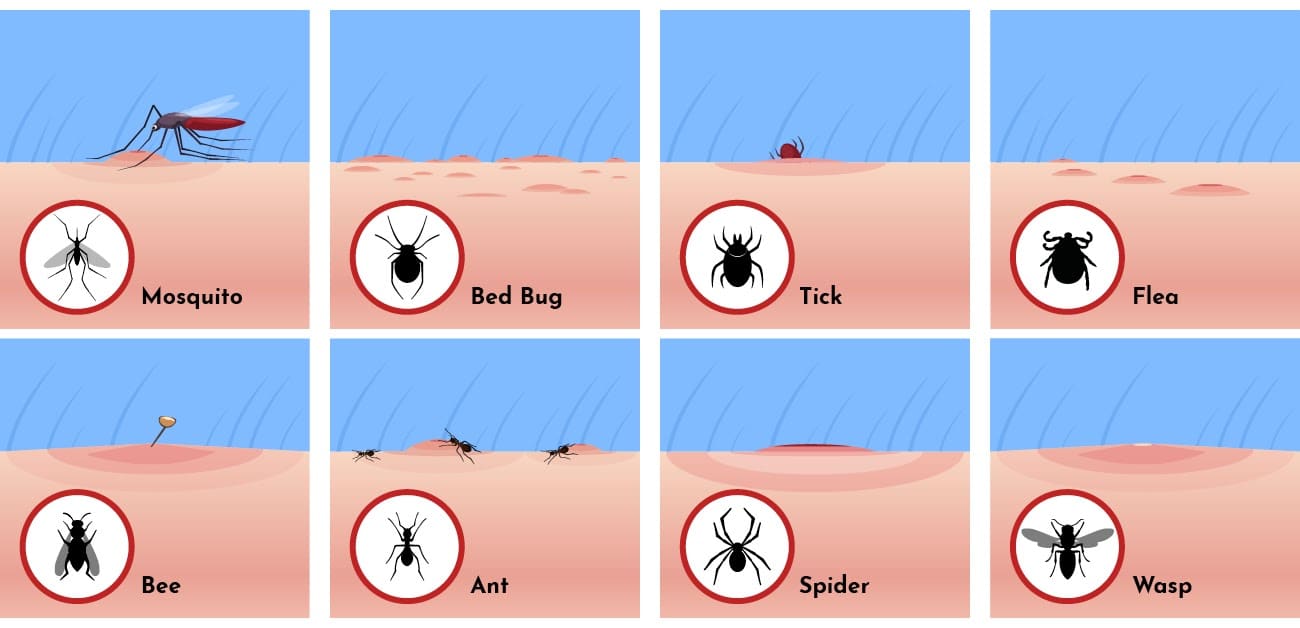

The Truth Behind The Penny Cure For Bee Stings
Have you ever wondered if there's a simple solution to ease the pain of a bee sting? Many people believe that taping a penny to the site of a bee sting can help relieve the pain and swelling. This intriguing claim has circulated widely, especially through email forwards and social media. However, the question remains: does this method actually work, or is it just another folk remedy without scientific backing?
In this article, we will explore the origins of this claim, examine personal anecdotes, and provide insights into what you can really do when stung by a bee. We'll also look into alternative remedies that have been studied for their effectiveness. Understanding the truth behind these claims can help you respond better in those unexpected moments when a bee sting occurs.
Bee stings can be painful and, for some individuals, even life-threatening due to allergic reactions. With so many home remedies floating around, it’s essential to separate fact from fiction. So, let’s dive into the details and see what the experts say about the penny cure and other treatments for bee stings!
Understanding the Claim: Penny on a Bee Sting
The claim that placing a penny on a bee sting can alleviate pain stems from a belief that the copper in the penny somehow interacts with the venom to reduce the sting's effects. Many anecdotes describe immediate relief after applying a penny, leading people to swear by this method. However, the scientific community has not found any credible evidence supporting the effectiveness of this remedy.
Despite its popularity, health experts argue that there is no chemical basis for the penny's supposed healing properties. The composition of U.S. pennies is primarily zinc, with only a thin layer of copper. This means that even if the penny were to have any effect, it would be minimal at best. Instead, the relief experienced by some might simply be a placebo effect—believing that the remedy works can sometimes lead to perceived improvements.
Personal Stories and Anecdotes
Many individuals have shared their personal experiences with the penny remedy. For instance, one user recounted how a doctor suggested placing a penny on a bee sting for 15 minutes, claiming it would help with the pain. After trying it on their own and on others, the results seemed promising, leading them to believe in the method's efficacy.
Another story involves a group of friends who utilized the penny remedy during a gardening session, with multiple instances of bee stings. They reported that the penny seemed to help, leading to a belief that it was indeed effective. However, these stories often lack scientific rigor and may represent anecdotal evidence rather than conclusive proof.
Alternative Remedies for Bee Stings
While the penny remedy is popular, it’s crucial to consider other scientifically-backed methods for treating bee stings. Here are some alternative remedies you can try:
- Ice Pack: Applying ice can help reduce swelling and numb the area, providing immediate relief.
- Antihistamines: Over-the-counter antihistamines can reduce itching and swelling.
- Topical Creams: Corticosteroid creams can help alleviate inflammation.
- Baking Soda Paste: Mixing baking soda with water and applying it to the sting may help neutralize the venom.
Each of these remedies has been studied and found to be effective in managing the symptoms of bee stings. If you experience severe symptoms or an allergic reaction, seek medical attention immediately.
When to Seek Medical Attention
It’s essential to know when a bee sting requires professional medical help. If you experience symptoms such as difficulty breathing, swelling of the face or throat, or rapid heartbeat, these could be signs of a severe allergic reaction known as anaphylaxis. In such cases, getting emergency medical assistance is crucial.
Even if you're not allergic, if the sting area shows signs of infection, such as increased redness or pus, it's advisable to consult a healthcare provider. Your health and safety should always come first.
Final Thoughts
In conclusion, while the penny remedy for bee stings is an intriguing folk belief, it lacks scientific support. Personal anecdotes may provide some comfort, but established treatments like ice, antihistamines, and topical creams are proven methods for managing bee sting symptoms. Always listen to your body and consult with medical professionals when necessary. Remember, being prepared and informed can help you handle bee stings more effectively!
A Divorcing Couple's Beanie Baby Battle: The Courtroom Drama
Understanding The Truth Behind Locks Of Love: Charity Or Profit?
Unraveling The Truth Behind The "Man Finds Buried Chain" Clickbait



